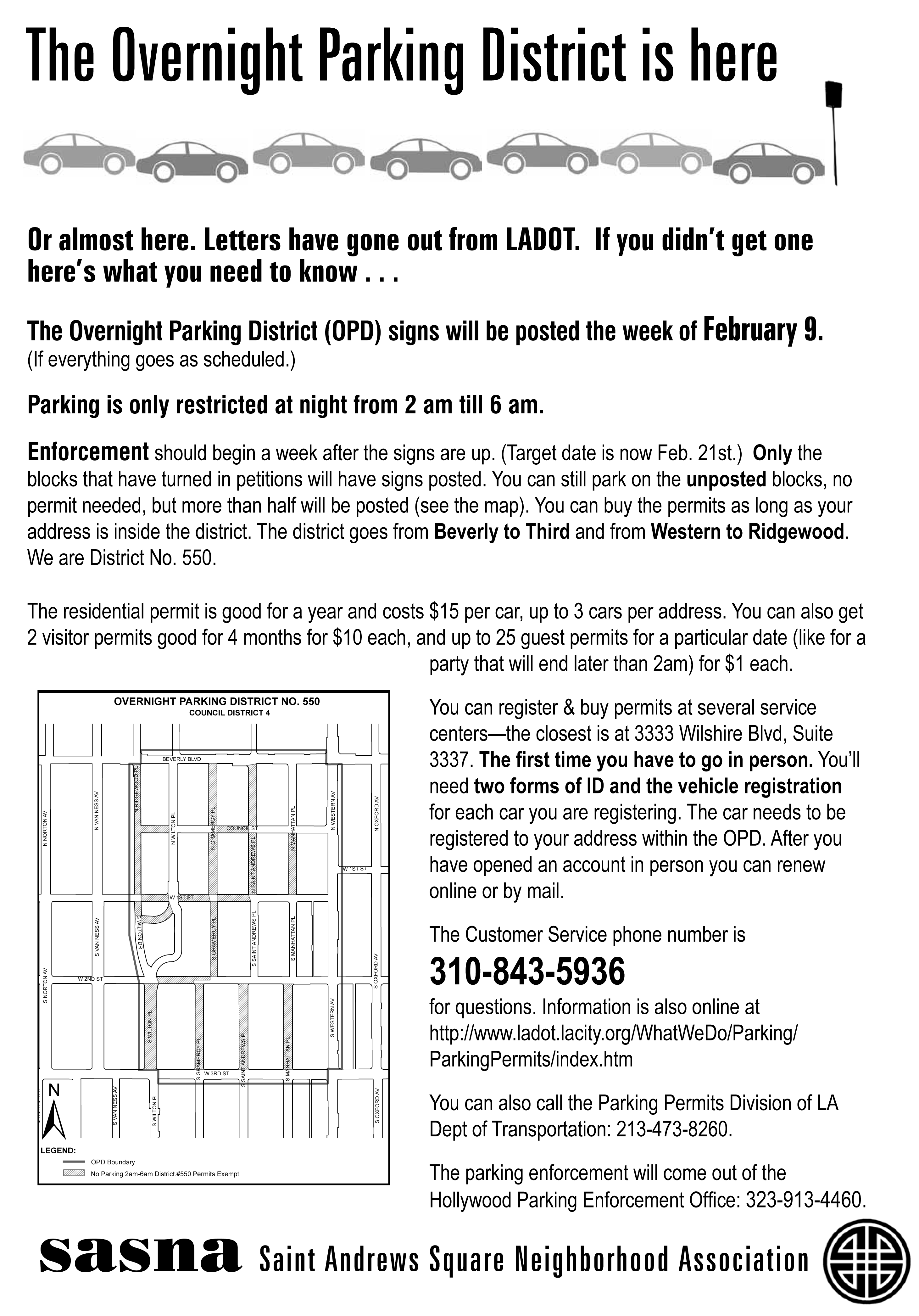The signs are just about up . . . if you need information, read on.
Category Archives: What’s New?
Coyote Alert – information & advice
This is an exerpt from the report on the Windsor Square coyote community meeting by the Larchmont Buzz (http://www.larchmontbuzz.com/larchmont-village-news/community-coyote-meeting-provides-perspective-information-advice-live-urban-wildlife/). The upshot seems to be that it is difficult to manage the animals unless they are sick, so please read and be mindful of the advice given about precautions and management.
The meeting was organized by Councilmember Tom LaBonge and members of his staff in order to present an opportunity to share the latest information about coyote sightings, attempts to trap (with the intention of seeking help for what is thought to be an injured coyote), information about what to do in the event of a coyote encounter, and how to take steps to protect your children, pets and property. Councilmember LaBonge’s Chief of Staff, Carolyn Ramsay, welcomed everyone to the meeting and set the tone for how City resources have been activated to deal with this problem.
Public Safety
The LAPD’s Officer in Charge of Community Relations, Sargeant AJ Kirby, addressed how to deal with coyote encounters that threaten public safety.
- He encouraged citizens to dial 911 in the event of an emergency. LAPD Officers would respond and defuse the situation.
- Kirby noted that citizens who take matters into their own hands – such as trapping and re-locating, trapping and killing, feeding, or attempting to poison coyotes – will be punished to the full extent of the law.
- The only instance where a citizen might be justified in acting against a coyote would be if a coyote attack was imminent….self-defense.
Public Education
Los Angeles’ Animal Services Wildlife Specialist, Officer Gregory Randall shared a lot of information with the group…starting with the most current information.
- The last sighting was 1/19 around 1st Street and Irving.
- The traps contracted by local neighbors were unsuccessful in catching the coyotes.
- Wilshire Country Club recently set traps, but those might have been removed.
- Officer Randall logs every sighting so that he and his team can view clusters and make on-site visits to look for signs of Coyote droppings and living spaces. Call him when you see a coyote and leave your contact information in the message. Officer Randall – (888) 452-7381.
Randall explained what the law allows he and his fellow officers to do when it comes to dealing with urban wildlife. Their department has had a “no kill’ mandate. In addition, they are not allowed to relocate the animal because urban wildlife can carry diseases found in domestic animals (parvo and the like) back to the wildlife population. As such, their job is not to trap or catch the animal. If a coyote is caught, there are only two choices – to release or to kill. The only instance where they would be interested in trapping a coyote is when it is injured because they can transport the coyote to Animal Care in Malibu.
So the Animal Services Wildlife Officers are really in the business of educating communities about how to protect themselves from urban wildlife and helping to locate and disrupt area conditions that make it comfortable for a wild animal to settle in and build a den…food, water and shelter.
- Observe your surroundings…is your home neatly landscaped? Are the bushes trimmed? Is there fruit strewn on the ground (not lemons and limes. But oranges, avocados, figs, etc. all make for good food for coyotes.) Do you have a wood pile? That’s a great place for rodents to hide which makes it a feeding ground for coyotes.
- Are all the access points to under your house blocked off? Many times urban coyotes live under houses as a safe, warm den.
- What about your neighbors’ yards? Are trees/bushes overgrown? Is there evidence that the neighbors are feeding the coyotes?
- Is there a water source nearby? A fountain? A leak in your yard hose that creates puddles?
- Do you leave pet food outside?
The drought is affecting all wildlife. We can expect to see more and more animals starting to come out of the hills looking for food, water and shelter. Randall spoke about how the coyotes get from the hills to our part of town…and mentioned how they come right down Vine/Rossmore because they are so desperate. There’s also a big drainage pipe from Griffith Park to Pan Pacific which is another route that puts coyotes and other urban wildlife in unexpected parts of the City.
Eating rats/rodents is the reasons why coyotes are so important to our eco-system. Without coyotes, our rodent population would explode. While they are in our neighborhood, they are looking for water, fruits, veggies, rodents, snakes, scorpions and the like. And according to Randall, sometimes small pets fall into the size range of what they eat.
Things We Can Do to Protect Our Pets/Children
While the conversation was frustrating to many who attended the meeting hoping to hear about solutions that would involve getting rid of the coyote, the more Randall spoke, the more it was apparent that because of the current drought conditions we who are surrounded by concrete might have to get used to living with coyotes in our midst.
- When you walk your dog, walk it on a leash – preferably a 6′ leash so you have control and can yank your pet out of harms way. The leash serves as protection from other dogs and cars, too.
- When you walk, carry something to distract/scare off a coyote:
- travel umbrella (easy to carry and if you see a coyote, you can open and shut it repetitively to scare the animal); whistle; air horn; tennis ball
- Noise makers are good because they also make others aware that you are in trouble
- Small children should have adult supervision when outdoors. Older children should be educated and taught how to use a distracting device in the event of a coyote encounter.
- Your fence should be at least 7 feet tall to protect your yard from a jumping coyote (keep in mind what’s on the other side of the fence…is there something that would allow the coyote to climb on top and then jump your fence?)
- Some coyotes can squeeze between the bars of your gate/fence…if you can put your fist between the bars and move it around, it’s possible.
- Some coyotes will dig under your fence…check your footings.
- It’s against the law to feed wild animals…do you see neighbors leaving food out? Do you have work sites on your street where the workers leave food wrappers or food strewn on the property? Report these sightings to Officer Randall and he will investigate.
Landmarks
- Borgmeyer House – 138 North Manhattan Ave
- Wilshire Branch Library – 149 North St. Andrews Place – a national historic landmark
- Howsley House – 221 South Manhattan Ave
- B. H. Hiss House – 215 South Manhattan Ave City of Los Angeles Cultural Historic Monument # 792





